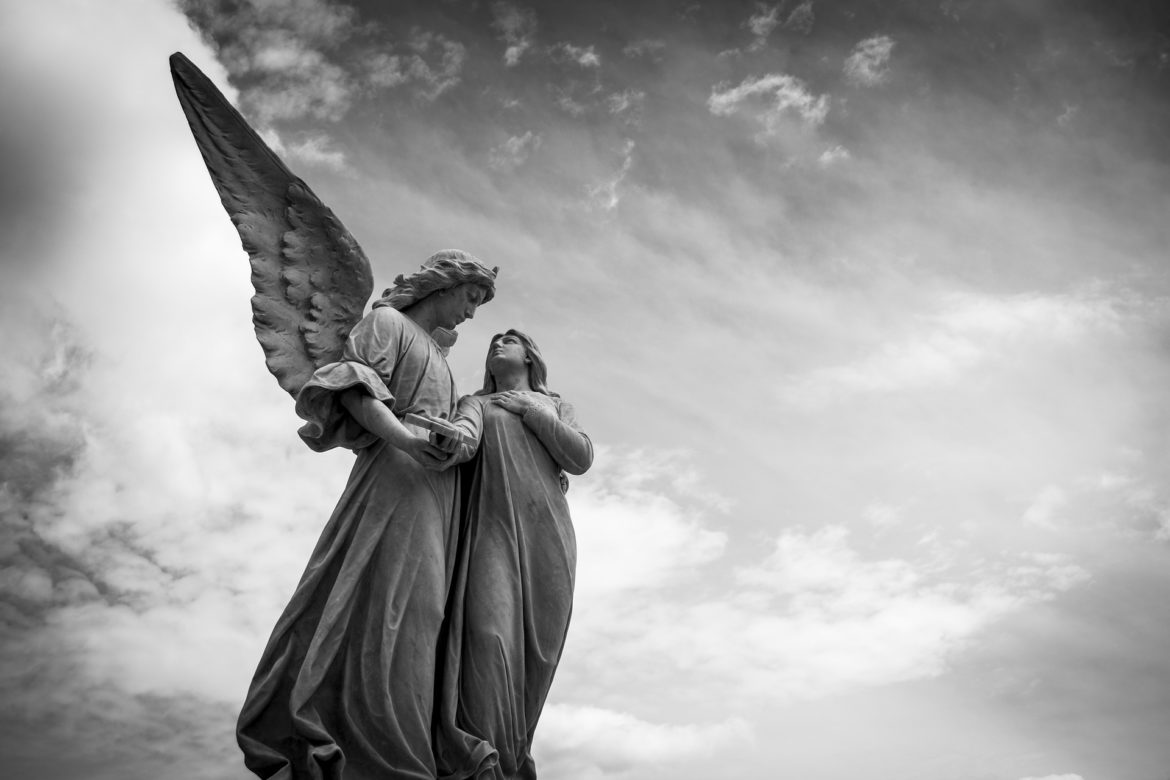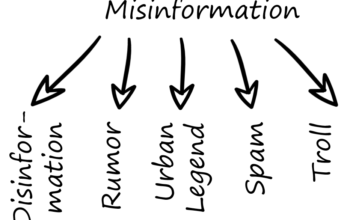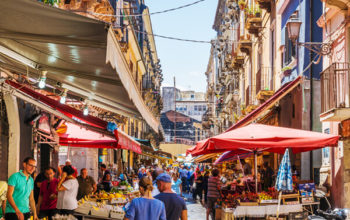The smoke is clearing, the fires have been put out. There are no guns firing in the background, no bombs that loudly explode somewhere near. The opposing forces have made an agreement to lay their weapons down and stop the violence for now, – the physical violence that is. They call it a peace treaty when they lay down their weapons and stops the bombing. Is it peace though – after wars have come to an end, or is temporarily stopped? Many people stand back without housing, without proper healthcare or school systems. The opportunities to get jobs are few and difficult to get your hands on. Food is scarce and resources are often few after being in a violent conflict for a period. In the media one can read about a bright future ahead, one may see pictures of the leaders from the opposing sides with smiles on their faces and they speak big words about a prosper time ahead and we, the readers may think this is it, this is the peace we have been waiting for. We all love peace, it is what every person wants for oneself and its close ones. On the other hand, where the dust from the war is just clearing up stands the real victims. Those who did not fight the war, but pay the highest price of it. For them the future does not look bright, there is no future in many cases.
Nowhere to go, nowhere to stay and nothing to do about it. Each day can be a hard struggle and a fight to survive, but there is no war they said. Peace is not peace always, as in everything else in life there is gradients and variations. Green is not just one color now, is it? You have thousands of gradients to pick from to get the exact green you want. It is the same with peace one might say. Even though the actual war actions may be ended and the soldiers have left the area, there is still most of the time no social security for the people who can not leave the area. These people are stuck with the little or nothing that is left after the violent actions that has ruined their land. For them, – life is a living conflict every day. The Norwegian professor Johan Galtung came up with concepts of negative peace and positive peace. He has been the leading author and researcher in the fields of conflicts and peace through decades, his work is well known by any peace-loving organization and peace worker throughout the world. A lot of people in this world are experiencing what we call a negative peace. Negative peace is the term used to describe the absence of direct acts of violence.
Positive peace, on the other hand, is when there is social justice and a working infrastructure in the form of health care, sufficient food supplies, drinkable water, and education. Another element of positive peace is that the people should be treated equally regardless of gender, religion or color of their skin – and have the same possibilities as the rest of the population in a given area. Structural violence is another term important to highlight for me. By this term, I am thinking of infrastructure, or maybe the lack of infrastructure. When people can not get their basic needs satisfied or even do not have the possibility to better their situation because of the lack of resources they live in and the frames their society is provided with. This can also hurt a lot of people by malnutrition for instance. It is not always the act of direct violence that kills people. The Institute for Economics and Peace, through their research, proposed eight defined pillars of peace. All of them which substantiate each other and have the possibility to enhance one and another. These pillars of peace or factors of peace if you want is as follow:
- Well functioning government
- Sound business environment
- Equitable distribution of resources
- Acceptance of the rights of others
- Good relations with neighbors
- Free flow of information
- High levels of education
- Low levels of corruption
When I say that these pillars substantiate each other I mean that if one of the pillars is strengthening it is very likely to make it possible for one of the other or even several of the other pillars to become stronger. A well-functioning government is more likely to be able to distribute resources equitably. Acceptance of other people’s rights can make it easier to have good relations with your neighbors. As we can read from these pillars of peace we can see that a strong government with an open transparent way of governance, and clear presence is important to build a culture of peace. It also shows that the long challenging way towards positive peace has to come from us – the individuals in the world and the communities.
Our actions and our way of living can help to create the peace we all want. And who on this planet do not want peace to be honest? – It is up to us to work towards the peace that we want. Through our thoughts, words, and actions we decide together what kind of peace we will surround ourselves with. Of course with the help of a strong, fair government with no corruption and good infrastructure is this possible. But we can not just wait for our governments to give us the ultimate road to peace, we have to do the work our self, and we have to start from the moment we realize we want a more positive peace. Make positive bonds with your family, your neighbors and people in your local surroundings. If we help one and another and receive help back and make life easier for each other, we could all get a stronger feeling of freedom and peace in our lives. It seems strange that peace does not necessarily mean peace, does not it? Still, the first step towards peace is to get direct violent acts to stop.
Jogeir Bruflot Slettevold



